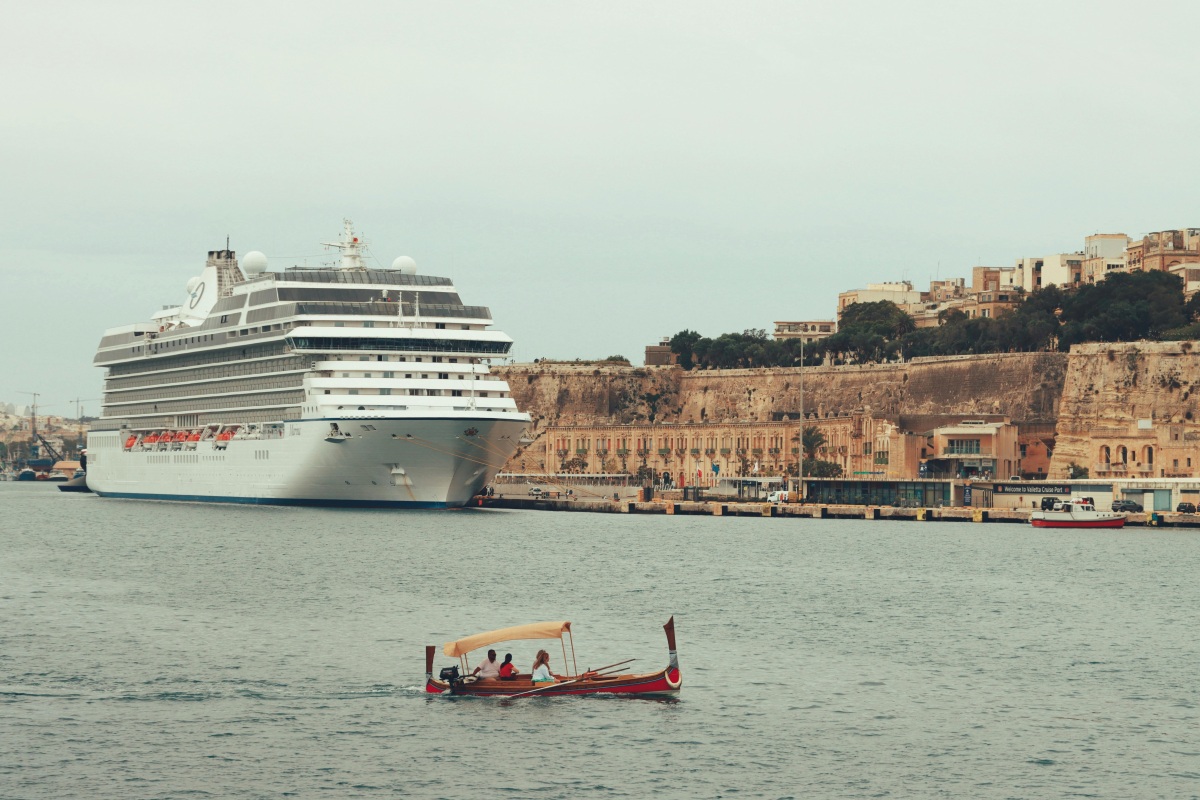Malta has topped the EU charts for immigration in 2023, recording the highest rate of newcomers relative to its population across the entire bloc.
According to new Eurostat data, the island welcomed 76 immigrants per 1,000 residents – far surpassing other Member States and highlighting the country’s rapid demographic shifts.
This figure places Malta well ahead of Cyprus (43 immigrants per 1,000 residents) and Luxembourg (40), which ranked second and third respectively. At the other end of the spectrum, Slovakia reported the lowest immigration rate at just one immigrant per 1,000 residents, followed by France (six) and Italy (seven).
These statistics come as the EU registered a drop in overall immigration in 2023. Some 4.3 million people immigrated to the EU from non-EU countries last year, representing a 17.9 per cent decrease from 2022, when the number stood at 5.3 million. The data excludes asylum seekers and those arriving under temporary protection, such as refugees from Ukraine. Meanwhile, intra-EU migration remained stable at 1.5 million.
While the EU average stood at 10 non-EU immigrants per 1,000 residents, Malta’s immigration rate – which includes both EU and non-EU nationals – remains an outlier. This trend reflects a broader demographic transformation that has taken shape over the last decade.
In 2011, Malta’s foreign population was just over 20,000, making up less than five per cent of the population. Today, that number has soared to over 158,000, equivalent to more than 28 per cent of the total population. This sharp rise is largely attributed to the country’s economic expansion and its attractiveness to foreign workers, especially in sectors like gaming, finance, hospitality, and construction.
The Eurostat data also revealed that in most EU countries, immigration from outside the bloc outweighed intra-EU migration. Exceptions included Luxembourg, where a striking 85.7 per cent of immigrants came from other EU countries, and Slovakia at 57.5 per cent. Meanwhile, countries like Czechia, Lithuania, and Ireland reported the highest shares of immigrants arriving from outside the EU, at over 87 per cent in each case.
As Malta continues to rely heavily on foreign labour to fuel its economic engine, the latest figures are likely to spark renewed debate around infrastructure planning, housing, integration, and long-term sustainability.
Malta’s cruise sector posts growth in Q3 2025, with passenger traffic up 8.9%
Between July and September, 350,338 cruise passengers visited Malta, up from an approximate 321,760 in Q3 2024
Malta’s Public Service launches new Chief AI Officer role
An AI Governance Group will also be set up, consisting of members from different sectors
Pro-family budgets across Europe raise support, but not birth rates
Policymakers across Europe are learning that fiscal policy alone cannot fully restore confidence in starting or growing a family






